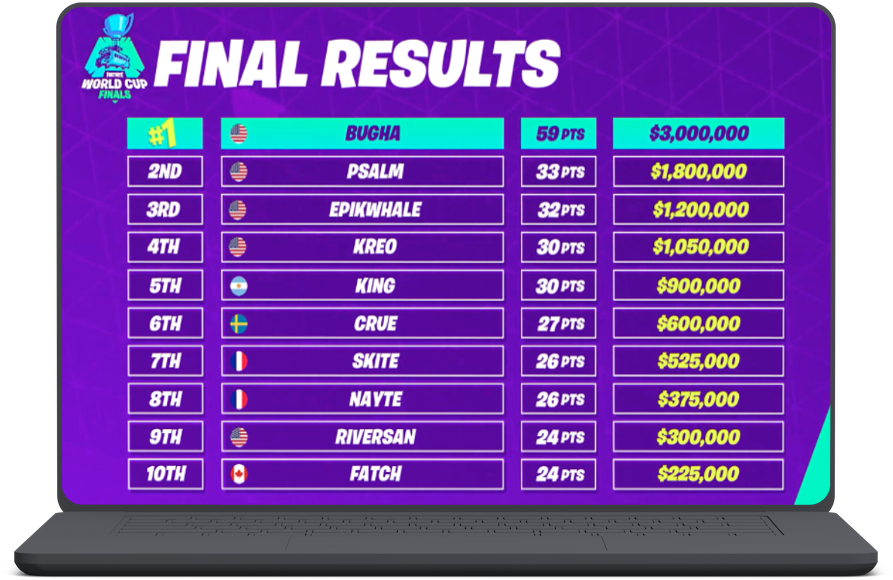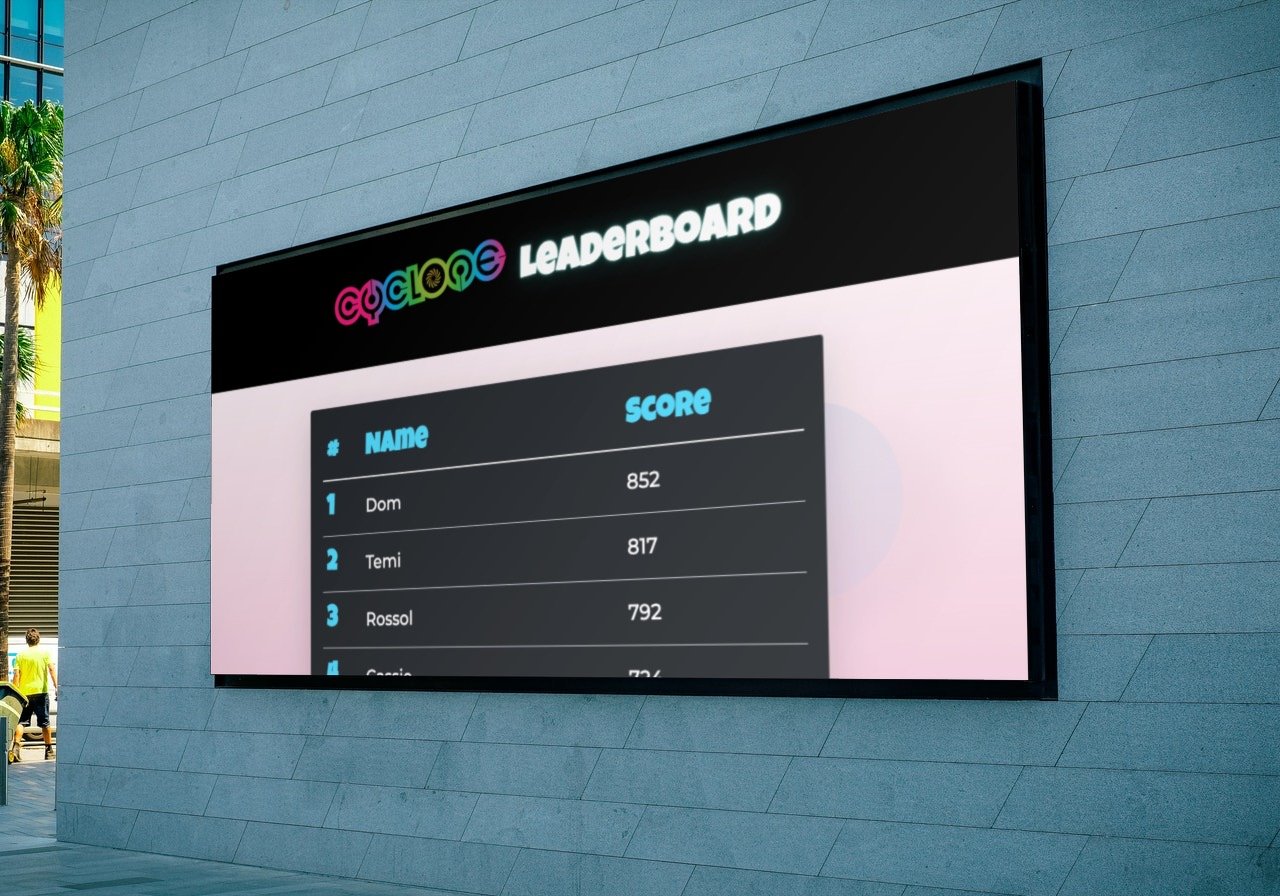Close Your Rings! Those words on the face of your Apple Watch might feel taunting, but they motivate millions of wearers to get up and move. How? By turning exercise and activity into a game. One with badges and fireworks and the gratification of having your watch tell you that you’ve done a good job. It’s surprising that it works. But that’s the magic behind gamification.
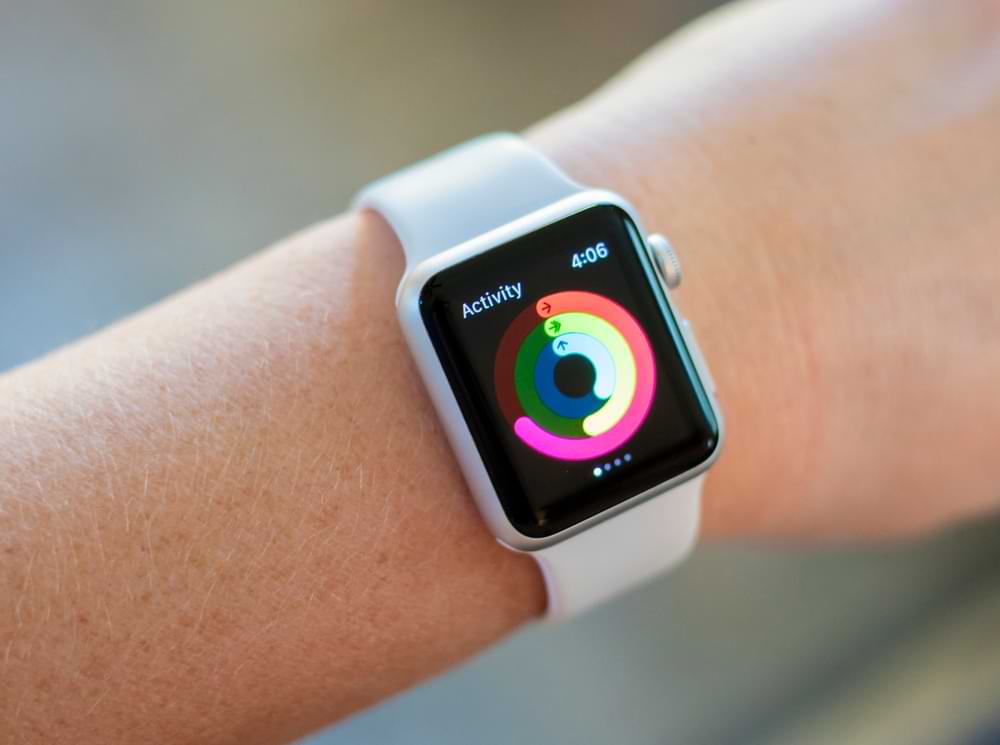 Apple Watch with open rings
Apple Watch with open rings
"Gamification" is not just on our wrists. It’s everywhere, from daycare centers and school classrooms to high-impact sales teams and corporate training centers.
Why? Because gamification works.
What is gamification?
Gamification is the use of game-design elements (such as points and badges) in contexts that are not traditionally associated with games. The topic has received a lot of attention beginning around 2010 and is now deeply integrated into many fields, products, and initiatives. The key concept in gamification is to turn tasks into game-playing in order to:
- Enhance participants’ intrinsic motivation to complete the task
- Maintain continued engagement with the task
- Increase the likelihood of successful completion
But how exactly does this work? Let’s dig deeper into the psychology of gamification’s success.
Intrinsic and Extrinsic Motivation:
Gamification leverages both intrinsic motivation (the joy of mastering a skill or completing a challenge) and extrinsic motivation (rewards, recognition, or status).
Need for Competence
People are motivated when they feel capable and effective. Gamification boosts these feelings by letting us track measurable progress on clear goals.
Social Connection
It is human nature to seek out connection. Leaderboards, which facilitate social comparison and collaboration, tap into our innate needs to belong and interact.
Instant Feedback and Gratification
Gamification satisfies our desire for immediate results and positive reinforcement, which makes each success feel that much more rewarding.
Loss Aversion and Commitment
Features like streaks or deadlines (or Apple Watch rings!) create a sense of urgency, compelling us to work harder to achieve our goals.
 Gamification motivates teams to combine their skills and talents for success
Gamification motivates teams to combine their skills and talents for success
When Can We Use Gamification?
We already mentioned that gamification is all around us. But maybe you need a little more inspiration for how to make some everyday workplace, school, fitness, or home activities more enticing through gamification. Here are a few ideas!
Routine or Repetitive Tasks
Whether you’re emptying the dishwasher at home or making another pot of coffee in the office, repetitive tasks are a bore. So make completing them more fun.
Team Collaboration Projects
Friendly competition among classmates and teammates helps everyone stay on top of their goals. For instance, you could organise a scavenger hunt or a fitness challenge.
Skill Development
When learning a complex new skill it can sometimes feel like we’re getting nowhere fast. But if you track progress and celebrate milestones while learning or in training programs, you can see how far you’ve come and be motivated to keep going.
Customer Engagement
As we know from the success of the Apple Watch, there is a deep satisfaction in completing a goal. And our desire to do so increases our interaction with products and services.
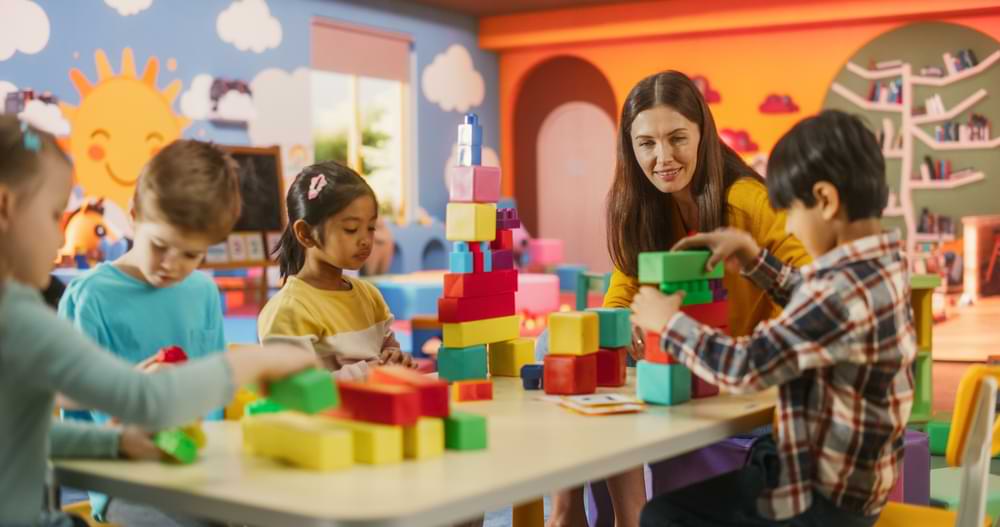 Learning new skills through gamification
Learning new skills through gamification
What are Leaderboards?
A leaderboard is basically a high score list. It ranks players or participants according to their relative success compared to the others. Put simply, a leaderboard can be used to identify the best performer of a certain activity.
All you have to do is pick the activity that you want to gamify and decide on how to measure it:
-
If you’re a trainer, you could measure how many workouts a participant does per week.
-
If you’re tracking a sales team, you could measure how many leads a sales rep moves to the next part of the pipeline.
-
If you’re a teacher, you could measure how often a pupil completes their homework on time.
How Can You Use KeepTheScore for Gamification?
Are you ready to get started? KeepTheScore can help! Here’s what you need to do:
- Create a Bar Chart Leaderboard.
- Enter the participants Names and an optional Title.
- In Settings, you can change your themes and colors.
- Start tracking your goals!
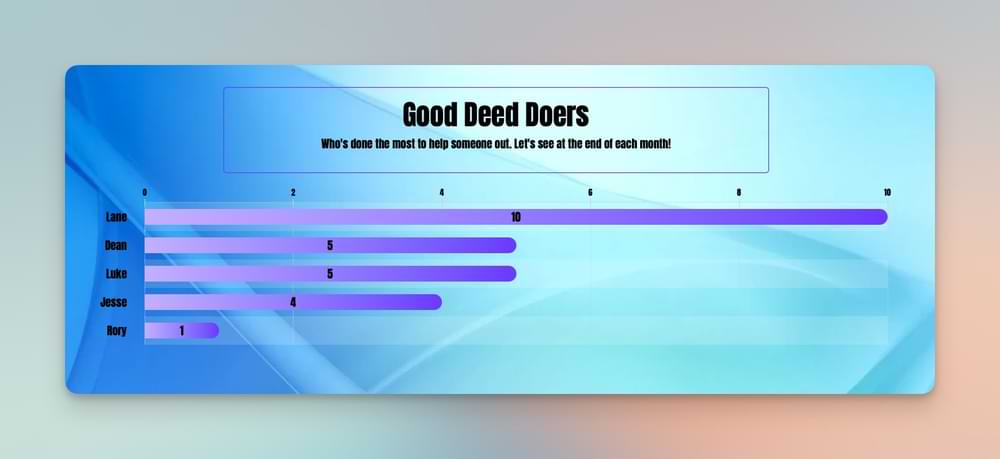 A Bar Chart Leaderboard to track how good of a human being you and your friends are!
A Bar Chart Leaderboard to track how good of a human being you and your friends are!
But maybe you don’t want to just track individual goals. In that case, you can set up a Team Leaderboard, which will let you track both individual and group success. Here’s how:
- Create a Team Leaderboard.
- Add an optional Title for your board and select the number of participants.
- Type in the participants Names and Team names.
- Go into Settings and enter a Title and a Description.
- In Settings, you can also change your themes and colors.
- Start tracking your goals!
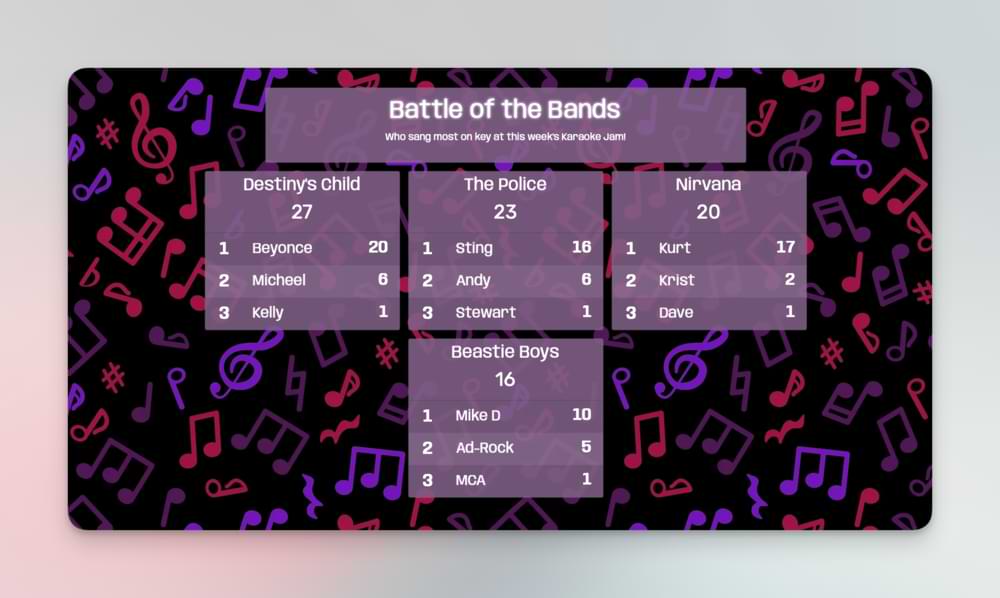 On the off chance that there’s some hidden musical talent in the office, here’s one way to find out!
On the off chance that there’s some hidden musical talent in the office, here’s one way to find out!
Do you have any questions or insights? Share them with us in the comments section! And if you want regular inspiration on how to use KeepTheScore, sign up for our newsletter.
FAQs on Implementing Gamification with Leaderboards
Q: What is gamification and why is it effective?
A: Gamification uses game-design elements, like points and badges, in non-game contexts to enhance intrinsic and extrinsic motivation. It’s effective because it taps into psychological drivers like competence, social connection, and instant feedback, motivating participants to engage and succeed.
Q: How can leaderboards be integrated into gamification?
A: Leaderboards rank participants based on performance, promoting friendly competition and social comparison. They provide clear goals and measurable progress, making tasks more engaging and motivating individuals to improve.
Q: In what situations can gamification be applied effectively?
A: Gamification works well in contexts like repetitive tasks, team collaboration projects, skill development, and customer engagement. By making activities more fun and rewarding, it drives motivation and participation in various environments.
Running a competition? Take gamification further with our new Competition Judging feature - perfect for hackathons, talent shows, and any event where multiple judges score participants!
Q: What psychological principles underpin gamification’s success?
A: Gamification leverages intrinsic motivation (mastery and challenge), extrinsic motivation (rewards and recognition), the need for competence, social connection, instant feedback, and loss aversion (e.g., maintaining streaks). These principles encourage sustained engagement and task completion.
Q: How can businesses or individuals measure success in gamification?
A: Success can be measured by defining specific metrics related to the activity, such as workouts completed per
week, leads moved through a sales pipeline, or homework submissions. Leaderboards and progress tracking help quantify
and celebrate achievements. For public displays, optimize visibility with URL parameters - hide unnecessary elements with &show_search=false&allow_comments=false or enable auto-scrolling with &autoscroll_enabled=true. Learn more about display customization.

